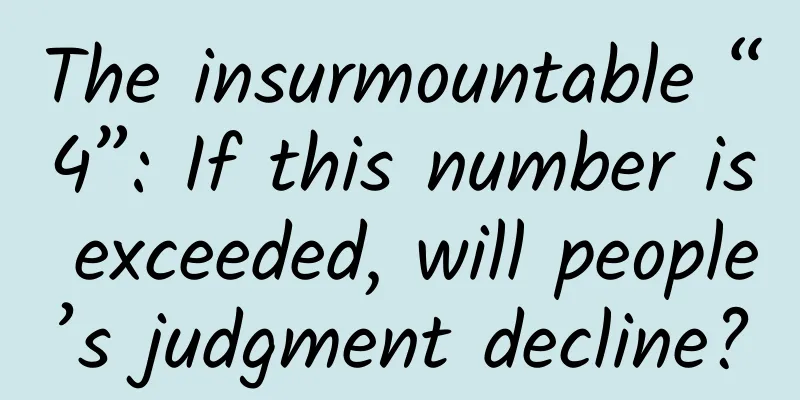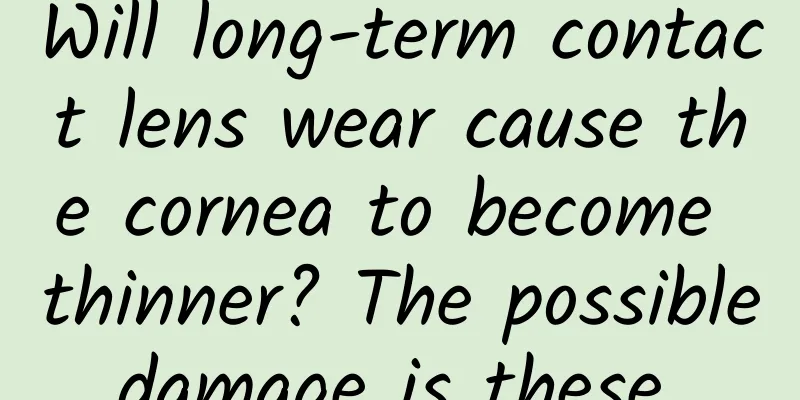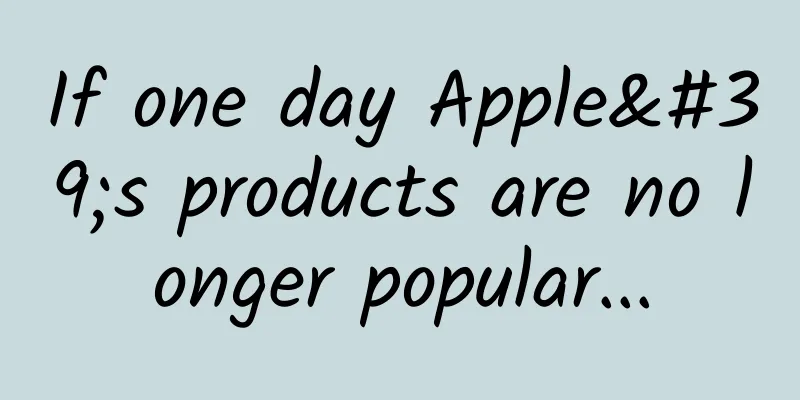The insurmountable “4”: If this number is exceeded, will people’s judgment decline?

|
For more than a century, scientists have found that people are generally good at visually estimating quantities of four or fewer items. However, when faced with larger numbers, people's ability to judge quantity will drop significantly, and their estimation speed will become slower and more prone to errors. Now, scientists have discovered why: The brain uses a different mechanism to assess quantities of four or fewer than it does to assess quantities of five or more. They made this discovery by recording the activity of neurons in 17 participants, resolving a long-standing debate about how the brain estimates the number of items. The research results were recently published in Nature Human Behavior. "This discovery is closely related to people's understanding of the nature of thinking." Lisa Feigenson, a psychologist and co-director of the Child Development Laboratory at Johns Hopkins University in the United States, believes that fundamentally, this is a question of psychological structure, that is, what is the cornerstone of human thinking. The limits of our ability to estimate large numbers have puzzled scientists for generations. In 1871, economist and logician William Stanley Jevons published an article in Nature describing a survey of counting ability that concluded that, at least for some people, the number five is beyond the limit of perfect recognition. Some researchers have suggested that the brain uses a single estimation system that just isn’t very precise for larger numbers. Others have hypothesized that the difference in performance occurs because the brain uses two separate neural systems to quantify objects. But experiments have failed to determine which is correct. To address the above issues, the University Hospital of Bonn in Germany conducted an observation experiment on 17 participants by recording the activity of single neurons in the brains of awake people. The researchers showed an image of 0 to 9 dots on the screen for half a second and asked the participants whether they saw an odd or even number. As expected, when the participants saw 4 or fewer dots, their answers were much more accurate. Researchers had previously known that there are specialized neurons associated with quantity: some neurons fire when one object is present, others when two objects are present, and so on. Analysis of the participants' neuronal activity showed that neurons responsible for numbers 4 and below responded very specifically and selectively to their preferred numbers. However, neurons responsible for numbers 5 to 9 responded strongly not only to their preferred numbers, but also to nearby numbers. "The larger the number these neurons prefer, the lower their specific selectivity," said Andreas Nieder, an animal physiologist at the University of Tübingen in Germany and the corresponding author of the study. For example, neurons specific to "3" only respond to "3", while neurons with a preference for "8" respond to "7" and "9" in addition to "8". Therefore, people may make more mistakes when trying to quantify a larger number of objects. This suggests that there are two different "number systems" in the brain. Nieder was very surprised because he previously believed that the brain only had one estimation mechanism. "It's hard for me to believe that there is really such a dividing line, but in the face of the data, I have to accept this conclusion." He said. "These findings are very interesting," Feigenson said, adding that they provide new evidence from behavioral research showing that there are two psychological systems for estimating the number of objects. |
<<: He made a fool of himself that year, but went on to dominate 40 years of postwar science
Recommend
Google finally spins off its self-driving car business, but it may be too late
Google held a press conference today to announce ...
Autohome Financial Festival concluded successfully with multiple benefits winning overwhelming favor from users
As of March 31, 2018, the Hundred-Day Financial F...
Information flow advertising landing page planning methodology!
The 7 creative rules for information flow adverti...
Why are curved screen phones so common, but many people still prefer flat screen phones?
Curved screen is a very popular screen design on ...
Report: Only 4% of iOS users in the U.S. opt in to ad tracking
According to Flurry Analytics, which has been tra...
Is H5 really becoming popular?
A few days ago, I saw a friend in the Internet ci...
Rules for creating popular short videos on Tik Tok!
The article summarizes 36 rules for creating popu...
The fifth day of the Lunar New Year, breaking the five-fold poverty: breaking away the poor spirit, bad luck, and methane? !
To rise from below; Prosperity in the darkest pla...
Must-read tips for the top 10 Android market debuts in 2016!
Today, we bring you the top ten Android market la...
The problem of invalid clicks on Tencent social ads, what are invalid clicks?
What are invalid clicks? Invalid clicks are relat...
How to use a little creativity to create a hit product?
Details determine success or failure. Do you agre...
Mobile email APP Mail Master plays the warmth card to create a warm winter version for users
As Christmas approaches, the mobile email app Mai...
Product operation: Application of data system under the growth model!
Just as people need to see the road ahead when wa...
What are the equipment for real-name authentication at construction sites?
With the introduction of various national policie...
Don’t thaw meat in water anymore! New way to thaw meat——
Review expert: Wang Xiaohui, deputy senior engine...









